The only slave uprising in history to end with the foundation of a new country—went on to inspire countless other revolts throughout the United States and the Caribbean.
English translation from Haitian Creole :

“What doesn’t kill you strengthens you”
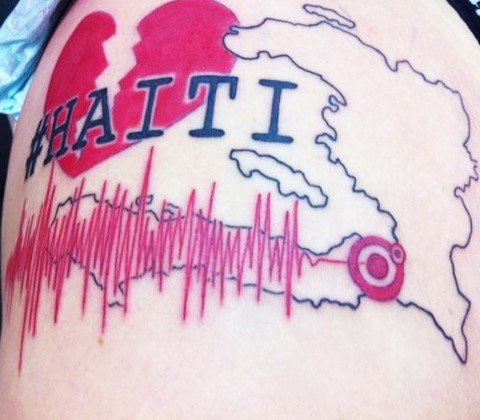
A bloody, thirteen-year revolution ensued, a complex web of wars among and between slaves, whites, free people of color, France, Spain and Britain that would eventually create the first independent black nation in the Western world.
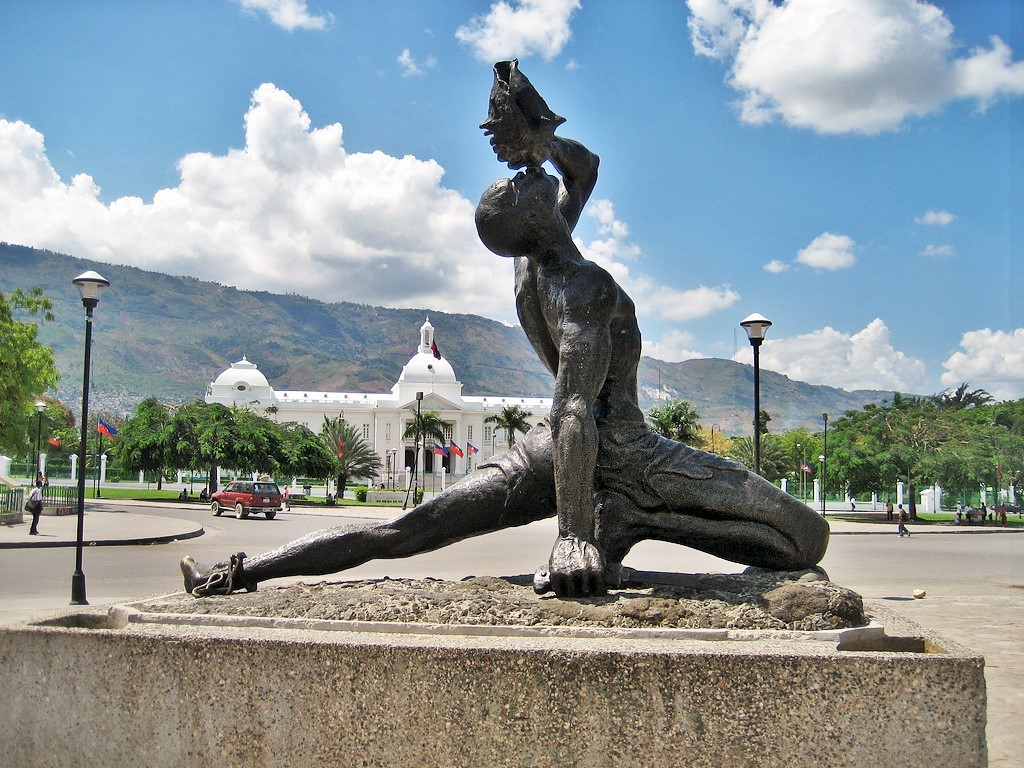
Le Negre Marron (The Black Maroon statue) | by JMRobber
In 1791, a slave revolt erupted on the French colony, and Toussaint-Louverture, a former slave, took control of the rebels. Gifted with natural military genius, Toussaint organized an effective guerrilla war against the island’s colonial population.

Ayiti means “mountainous land” in the language of the inhabitants (Tiano) of the island. Quisqueya, means “big land” to the natives of the islands surrounding Ayiti
Two months after his defeat of Napoleon Bonaparte’s colonial forces, Jean-Jacques Dessalines proclaims the independence of Saint-Domingue, renaming it Haiti after its original Arawak name.

He found able generals in two other former slaves, Dessalines and Henri Christophe, and in 1795 he made peace with revolutionary France following its abolishment of slavery. 
Toussaint became governor-general of the colony and in 1801 conquered the Spanish portion of island, freeing the slaves there.
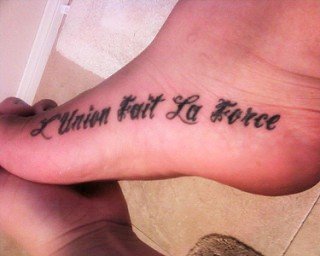
In January 1802, an invasion force ordered by Napoleon landed on Saint-Domingue, and after several months of furious fighting, Toussaint agreed to a cease-fire. He retired to his plantation but in 1803 was arrested and taken to a dungeon in the French Alps, where he was tortured and died in April.
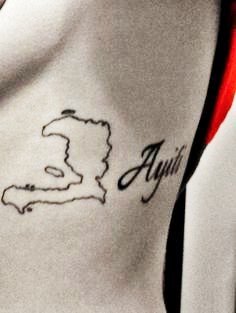
Soon after Toussaint’s arrest, Napoleon announced his intention to reintroduce slavery on Haiti, and Dessalines led a new revolt against French rule.
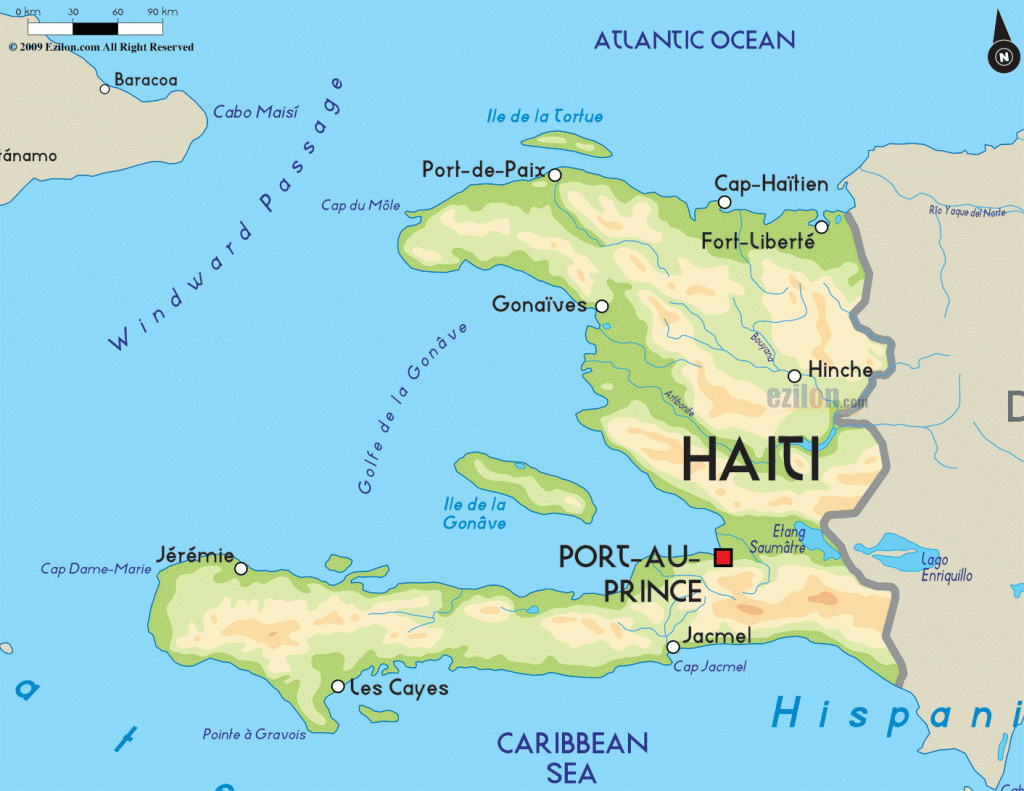
With the aid of the British, the rebels scored a major victory against the French force there, and on November 9, 1803, colonial authorities surrendered.
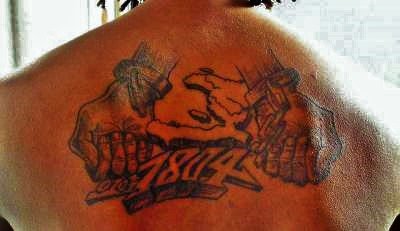
In 1804, General Dessalines assumed dictatorial power, and Haiti became the first free black nation in the Americas. Later that year, Dessalines proclaimed himself Emperor Jacques I.
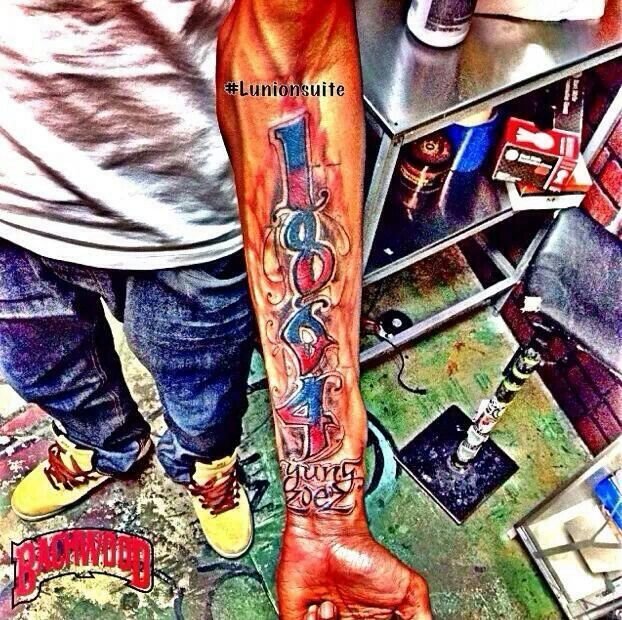
The Haitian Revolution 1804-1805 – Brown University Library


http://newsjunkiepost.com/2010/04/01/haitis-1804-original-declaration-of-independence-found/

http://blogs.indiewire.com/shadowandact/new-on-dvd-philippe-niangs-toussaint-louverture
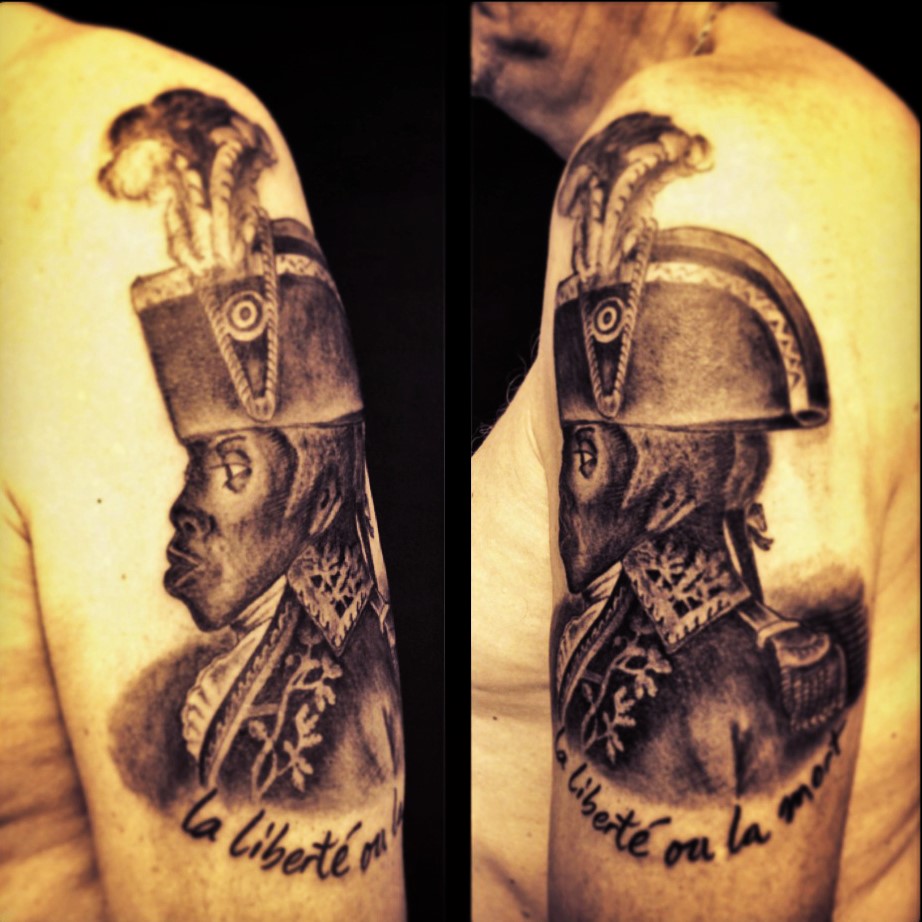
On January 1, 1804, Haiti proclaimed its independence. Through this action, it became the second independent state in the Western Hemisphere and the first free black republic in the world.
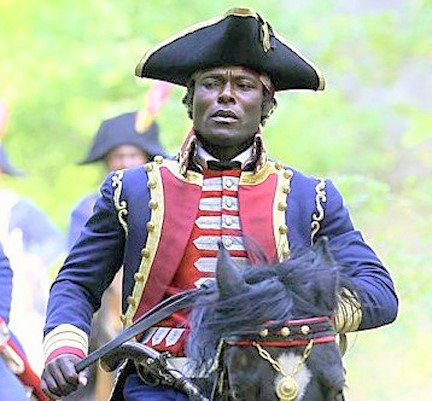
Haiti’s uniqueness attracted much attention and symbolized the aspirations of enslaved and exploited peoples around the globe.
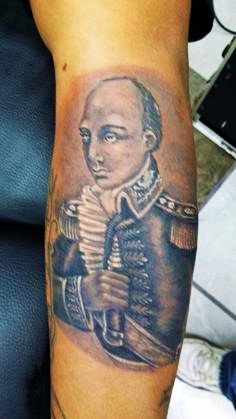
Nonetheless, Haitians made no overt effort to inspire, to support, or to aid slave rebellions similar to their own because they feared that the great powers would take renewed action against them. For the sake of national survival, nonintervention became a Haitian credo.
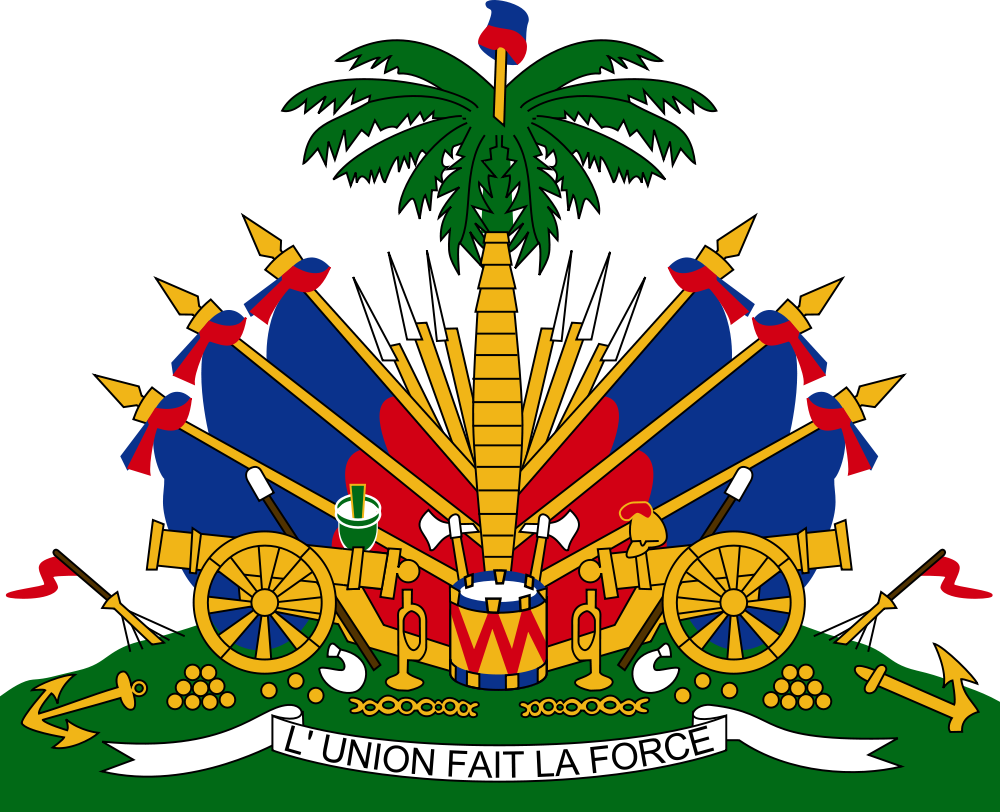
Haitian Coat Of Arms Tattoos

It shows six draped flags of the country, three on each side, which are located before a palm tree and cannons on a green lawn.
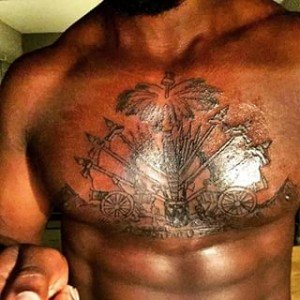
On the lawn various items are found, such as a drum, bugles, long guns, and ship anchors.
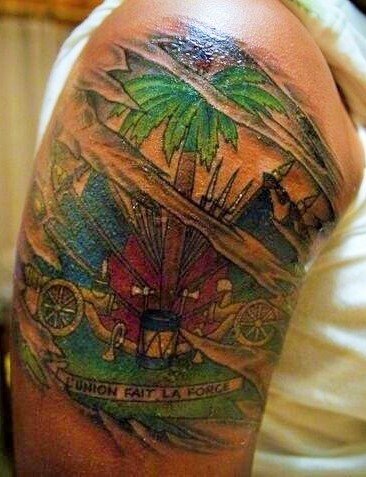
Above the palm tree, there is a Phrygian cap placed as a symbol of freedom.
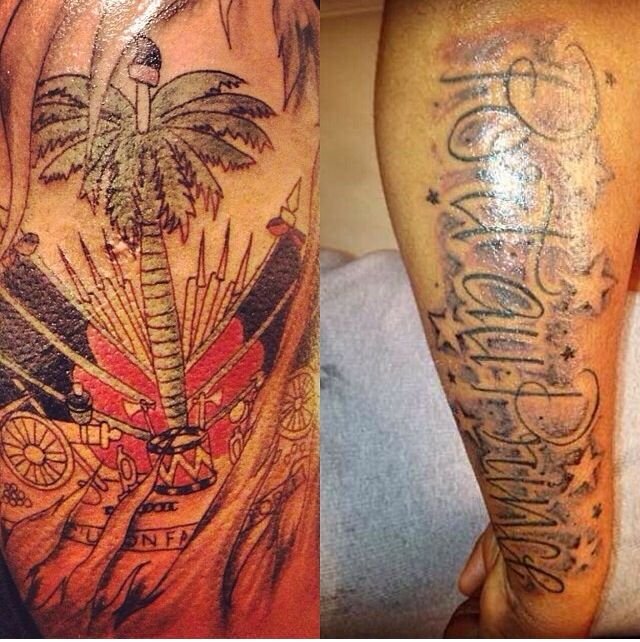
On the lawn between the drum and the ribbon there were supposed to be two pieces of chain with a broken link symbolizing the broken chain of slavery.
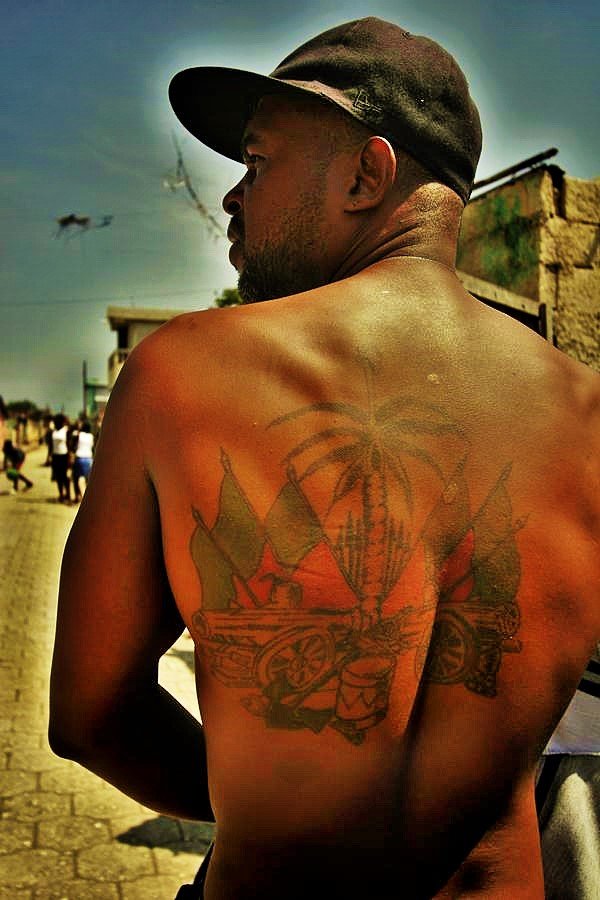
Dessalines, who had commanded the black and the mulatto forces during the final phase of the revolution, became the new country’s leader; he ruled under the dictatorial 1801 constitution.
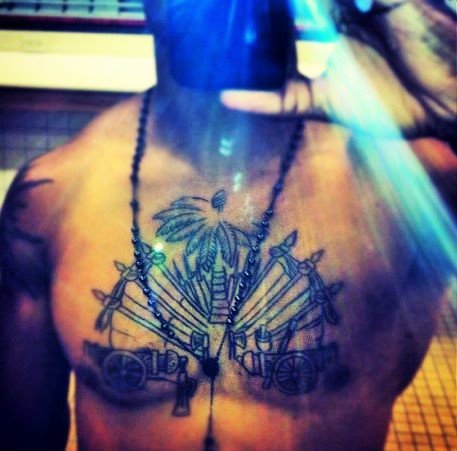
The French Revolution of 1789 not only propelled all of Europe into a war, but also touched off slave uprisings in the Caribbean.
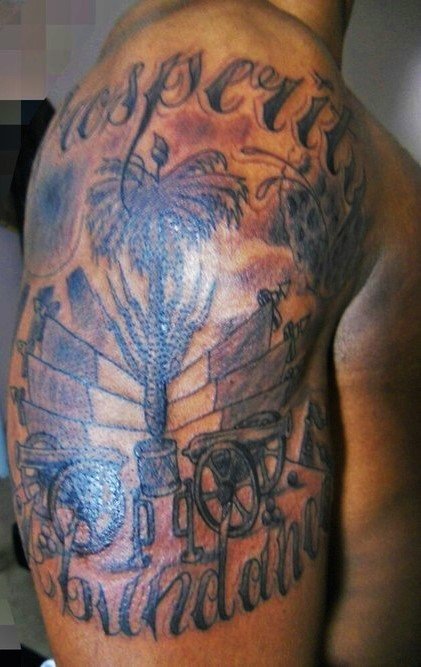
On Saint Domingue, the free people of color began the chain of rebellion when French planters would not grant them citizenship as decreed by the National Assembly of France in its “Declaration of the Rights of Man.”
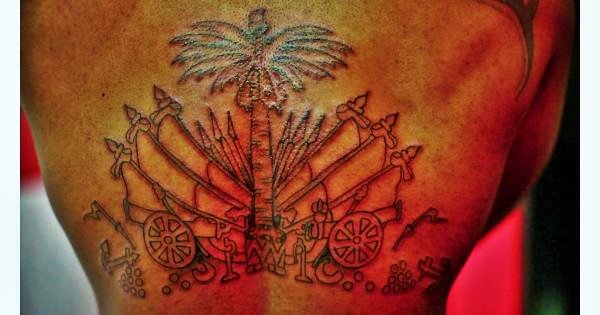
America’s Cultural Roots Traced to Enslaved African …
https://youtu.be/MXMymTuCTgw?list=RDMXMymTuCTgw
Of the 6.5 million immigrants who survived the crossing of the Atlantic and settled in the Western Hemisphere between 1492 and 1776, only 1 million were Europeans.
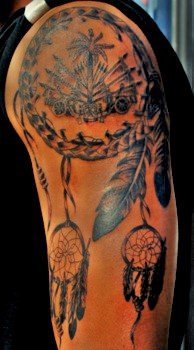
In 1794 France built upon the “Declaration of the Rights of Man” and officially abolished slavery in its colonies.

Toussaint L’Ouverture, the leader of the Saint Domingue rebellion, abandoned his Spanish allies, joined the forces of the French Republic as a brigadier general, and turned his troops against Spain.
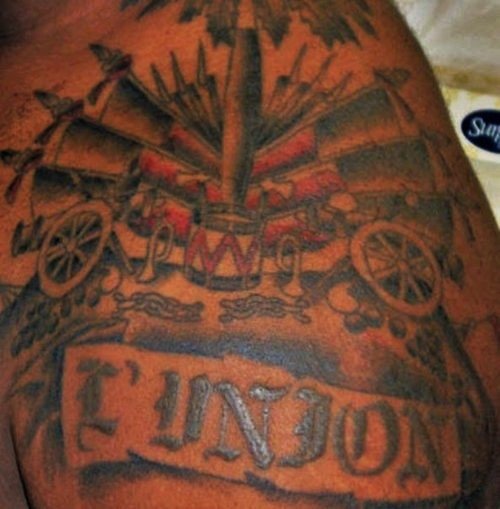
In 1797 Toussaint was made commander-in-chief of the island by the French Convention. Following the defeat of the Spanish and British forces, Toussaint began moving toward independence from France.
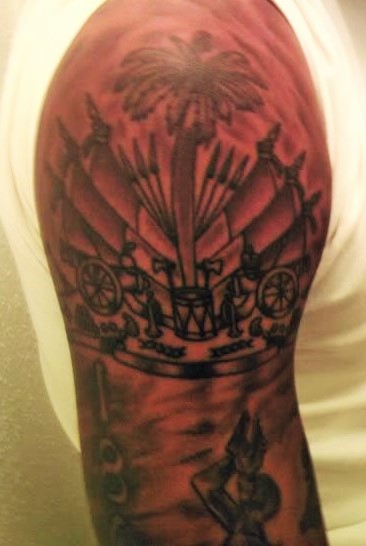
With Toussaint as its Governor for life, St. Domingue was still technically a French colony, but was acting as an independent state.

In 1802, Napoleon Bonaparte, who had seized power in France in 1799, sought to restore slavery to the West Indies through political guile and military force.
Toussaint was captured and exiled, but the fighting continued under the leadership of Jean Jacques Dessalines and Henri Christophe.

Alexandre Petion (left). Jean-Jacques Dessalines (right). “Serment des Ancetres (Oath of the Ancestors)” Guillaume Guillon Lethiere The revolution is over, DESSALINES, the ex-slave, claims victory over the French, officially ending the colony of Saint-Domingue and establishing Hayti as the 2nd independent nation in the West.
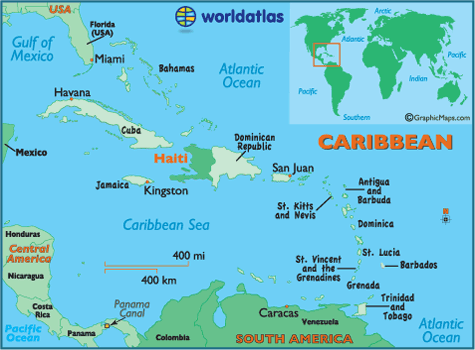

On January 1, 1804, Dessalines proclaimed himself ruler of the new nation, which was called Haiti, a “higher place.”
source: Africans in America/Part 3/The Haitian Revolution – PBS
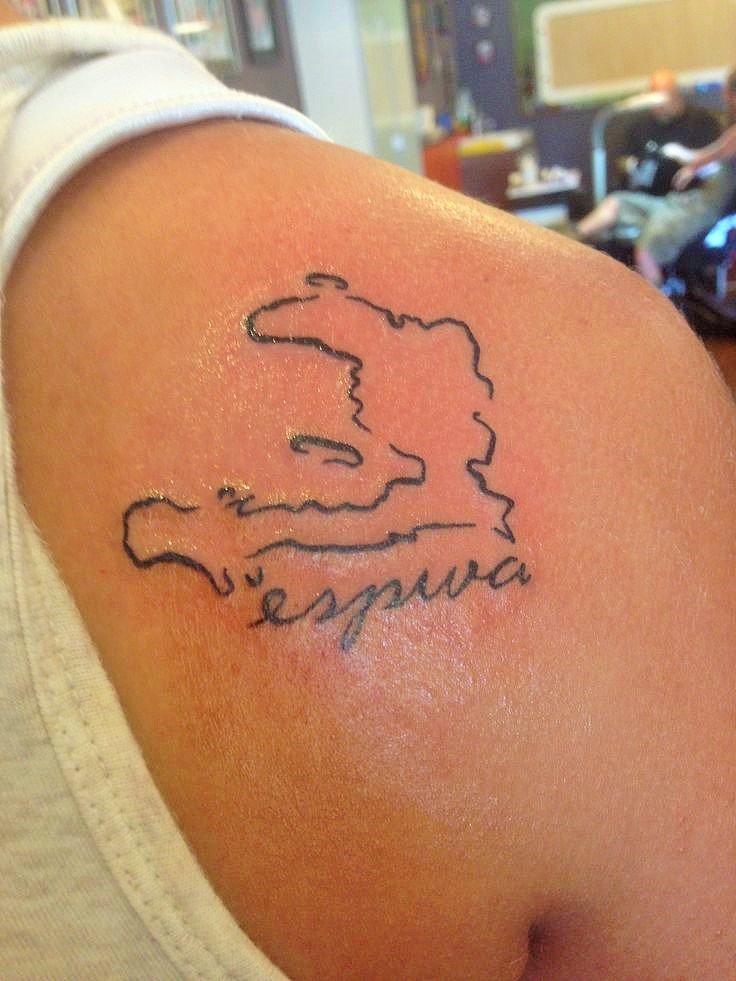
Haiti is a Caribbean country that shares the island of Hispaniola with the Dominican Republic to its east.
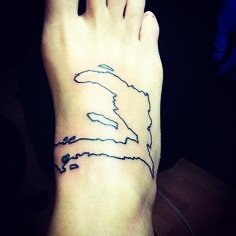 Though it’s still recovering from a 2010 earthquake, many of Haiti’s landmarks dating to the early 19th century remain intact.
Though it’s still recovering from a 2010 earthquake, many of Haiti’s landmarks dating to the early 19th century remain intact.
https://youtu.be/Sqh1h8SEcEc
These include Citadelle la Ferrière, a mountaintop fortress, and the nearby ruins of Sans-Souci Palace, the baroque former royal home of King Henry I.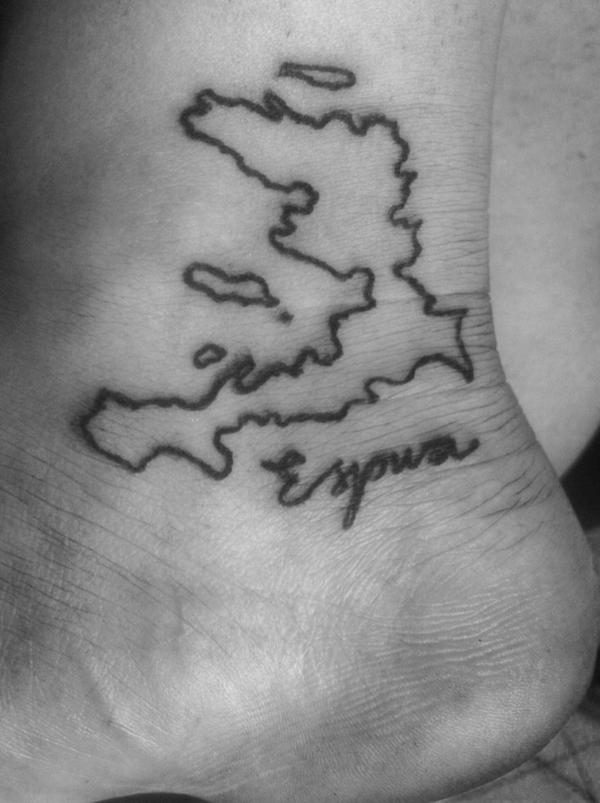
History of Name:
Haiti – (Short form name) (1804 to present)
Designation adopted by the blacks and mulattoes who modified the spelling of the original name, Ayiti, in order to symbolize a new era and to break away from the slavery period, after winning their independence from France in 1804.
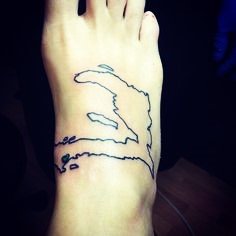
Saint-Domingue (1697 to 1803)
Name given by the French settlers to the western area (Haiti) of the island of Hispaniola.
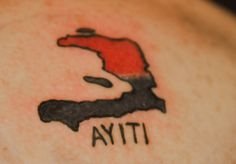
Ancient names: Ayiti, Quisqueya, Bohio
Names given by the original inhabitants who occupied the island before Christopher Columbus. Ayiti means “mountainous land” in the language of the inhabitants of the island. Quisqueya, means “big land” to the natives of the islands surrounding Ayiti. Bohio means “rich in villages.” AYTI (or Ayiti) is composed of three roots: “A” meaning flower; “Y” meaning high; TI meaning land or region. AYTI hence means “flower of high land” or “mountainous land” or “land of high mountains.”
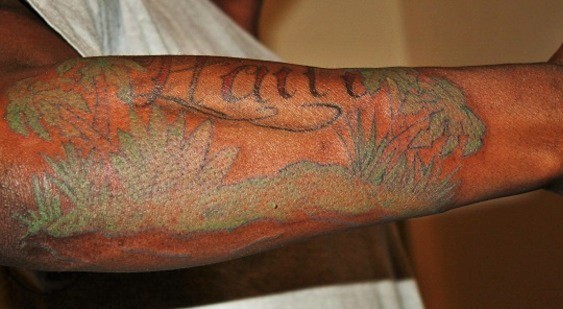
Espanola (1492 to 1696)
Named Espanola, meaning “Little Spain,” by Christopher Columbus, in honor of the Spanish crown. Hispaniola is now internationally used to designate the island which is divided between the Republic of Haiti and the Dominican Republic.
source: Republic of Haiti: History of Name | Uhhp.com
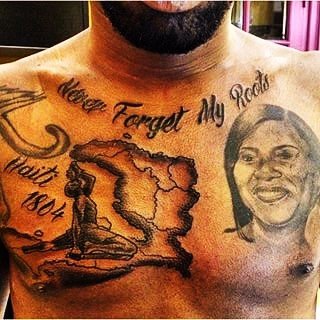
When Christopher Columbus discovered Ayiti, it was inhabited by the Carib tribe and Tainos of the Arawak tribe. It was also divided into five kingdoms named Caciquats: Magua, Marien, Xaragua, Maguana, and Higuey.
https://youtu.be/gmhCsW8nTIA
Brazil, Haiti/Saint Domingue and South Carolina had the highest population of African descendants.
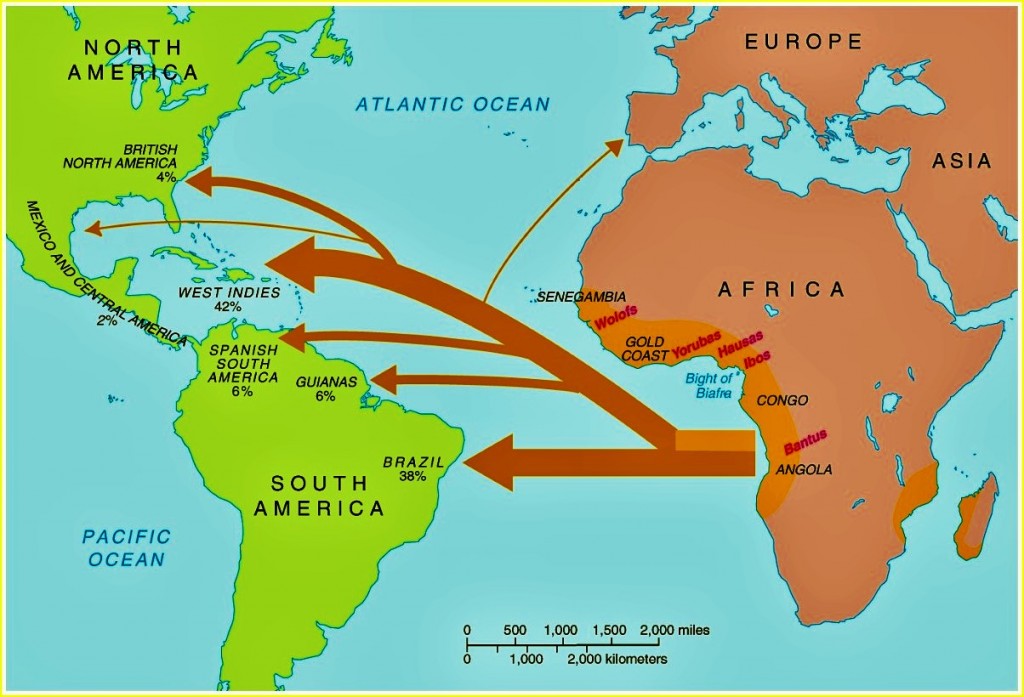
According to European colonial officials, the abundant land they had “discovered” in the Americas was useless without sufficient labor to exploit it.
How Slavery Helped Build a World Economy
During the 16th and 17th centuries, Brazil dominated the production of sugarcane. One of the earliest large-scale manufacturing industries was established to convert the juice from the sugarcane into sugar, molasses, and eventually rum, the alcoholic beverage of choice of the triangular trade.
During the 18th century, Saint Domingue (Haiti) surpassed Brazil as the leading sugar-producing colony. The number of slaves brought to the tiny island of Haiti equaled more than twice the number imported into the United States. The vast majority came during the 18th century to work in the expanding sugar plantation economy.


No Comments Yet